Uruguay, often referred to as the “Switzerland of South America” for its stable democracy, social progressiveness, and high standard of living, is a small yet remarkable country nestled between Brazil and Argentina. Renowned for its pristine beaches, historic cities, and progressive policies, Uruguay stands out as a beacon of stability and prosperity in the region. In this comprehensive exploration, we’ll delve into the essence of Uruguay, covering its geography, history, culture, economy, and current affairs.
Geography:
Uruguay is situated in the southeastern region of South America, bordered by Brazil to the north and east, Argentina to the west, and the Atlantic Ocean to the south. Despite being one of the smallest countries in South America, Uruguay boasts diverse landscapes that include rolling hills, fertile plains, and stunning coastline.
The country’s interior is characterized by its fertile lowlands, known as the Pampas, which are ideal for agriculture and cattle ranching. The Uruguay River forms the western border with Argentina, while the Río de la Plata estuary separates Uruguay from Argentina to the south.
Uruguay’s coastline stretches for over 400 kilometers along the Atlantic Ocean, featuring sandy beaches, rocky cliffs, and picturesque seaside towns. Popular beach destinations such as Punta del Este, José Ignacio, and La Paloma attract visitors from around the world, offering opportunities for surfing, sunbathing, and water sports.
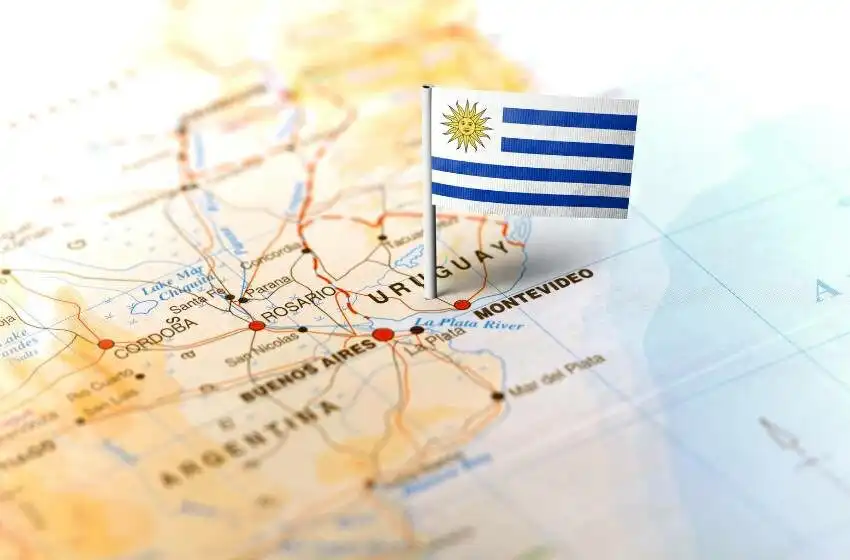
History:
Uruguay’s history is shaped by its indigenous heritage, Spanish colonization, and struggles for independence and democracy. Before the arrival of Europeans, the region was inhabited by indigenous peoples such as the Charrúa and Guarani, who had established thriving societies and cultural traditions.
In 1516, Spanish explorer Juan Díaz de Solís became the first European to set foot in present-day Uruguay during his search for a passage to the Pacific Ocean. The Spanish began to colonize the region in the early 17th century, establishing settlements such as Colonia del Sacramento and Montevideo and introducing Christianity, the Spanish language, and European customs and laws.
Uruguay gained independence from Spain in 1828, following a long and bloody struggle against colonial rule. The country’s first constitution was adopted in 1830, establishing a democratic republic with a system of government modeled after the United States.
Uruguay experienced periods of political instability and authoritarian rule throughout the 19th and 20th centuries, including civil wars, military dictatorships, and foreign interventions. However, since the late 20th century, Uruguay has emerged as a stable and democratic country, with free and fair elections, respect for human rights, and a commitment to social justice.
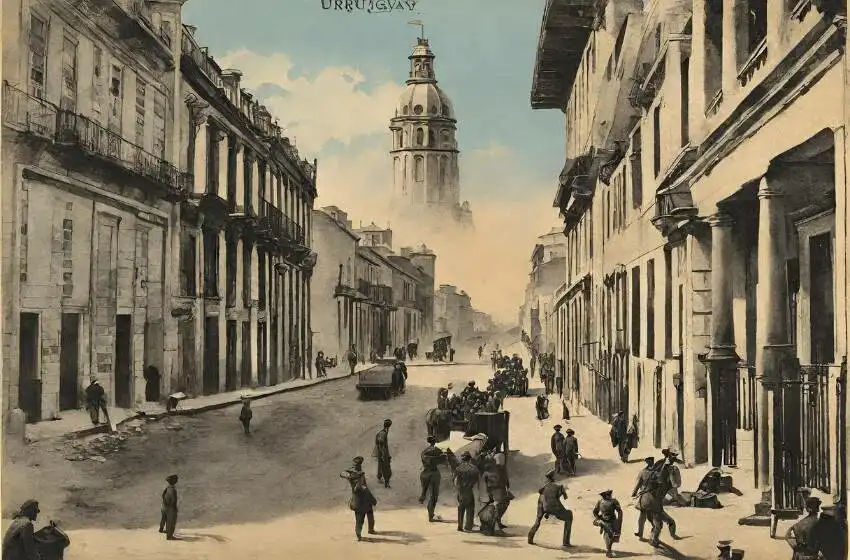
Culture:
Uruguayan culture is a vibrant blend of indigenous, African, European, and mestizo influences, reflected in its music, dance, art, literature, and cuisine. The country’s diverse cultural heritage is celebrated through colorful festivals, traditional rituals, and a strong sense of national identity.
Music is an integral part of Uruguayan culture, with genres such as tango, candombe, and murga enjoying widespread popularity. Tango, in particular, has deep roots in Uruguay, with Montevideo being one of the genre’s earliest and most important centers outside of Argentina. Candombe, a style of Afro-Uruguayan drumming and dance, is a cherished tradition among Uruguay’s Afro-descendant communities, especially during Carnival celebrations.
Dance is also a cherished tradition in Uruguay, with styles such as tango, milonga, and chacarera being performed at festivals, celebrations, and social gatherings throughout the country. Traditional dances often incorporate elements of African, Spanish, and indigenous culture, reflecting Uruguay’s multicultural heritage.
Uruguayan cuisine is diverse and flavorful, with dishes such as asado, chivito, and empanadas showcasing the country’s culinary traditions. Asado, or barbecue, is a beloved Uruguayan tradition, with families and friends gathering to grill various cuts of meat over an open flame. Chivito, a hearty sandwich made with beef, ham, cheese, and other fillings, is another popular dish, while empanadas, stuffed pastries filled with meat, cheese, or vegetables, are enjoyed as a snack or appetizer.
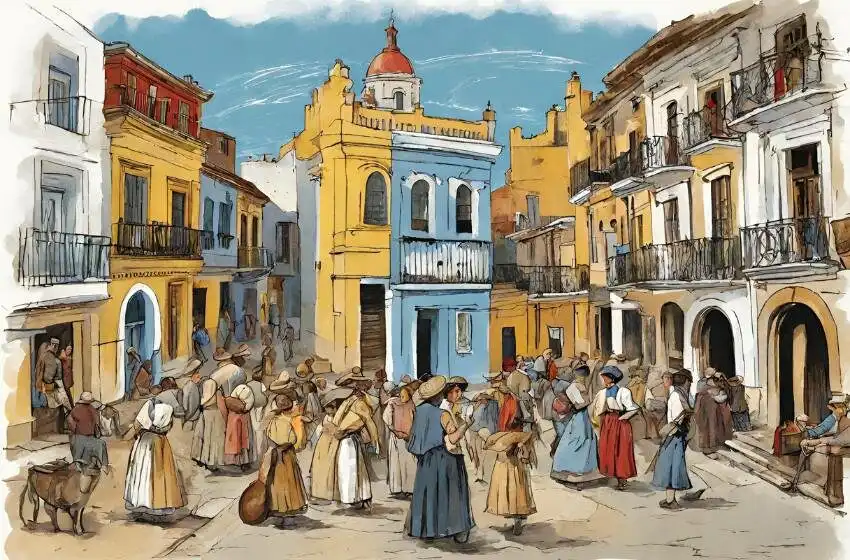
Economy:
Uruguay has a mixed economy with a diverse range of industries, including agriculture, manufacturing, services, and tourism. The country is one of the most economically developed in South America, with a high standard of living, low levels of poverty, and a relatively equal distribution of wealth.
Agriculture is a significant contributor to Uruguay’s economy, employing a large portion of the population and generating export revenue. The country is known for its quality beef and wool, as well as crops such as rice, soybeans, and wheat. Uruguay is also a major producer of dairy products, citrus fruits, and wine, with the wine-growing regions of Canelones and Colonia del Sacramento gaining international recognition for their high-quality wines.
Manufacturing has emerged as a key driver of economic growth in Uruguay, with industries such as food processing, textiles, and electronics playing important roles. The country’s strategic location, access to international markets, and favorable trade agreements have attracted foreign investment and facilitated economic development.
Services are also an important sector of Uruguay’s economy, with industries such as banking, finance, and telecommunications contributing to economic growth and employment. Montevideo, the capital city, is a major financial center in South America, with a thriving banking sector and a reputation for stability and reliability.
Tourism is another significant source of revenue for Uruguay, with the country’s natural beauty, cultural heritage, and historical attractions attracting visitors from around the world. Popular destinations include the colonial city of Colonia del Sacramento, the beach resort of Punta del Este, and the UNESCO World Heritage site of Quebrada de los Cuervos, which offer a wide range of outdoor activities, cultural experiences, and eco-tourism opportunities.
UNESCO World Heritage Sites
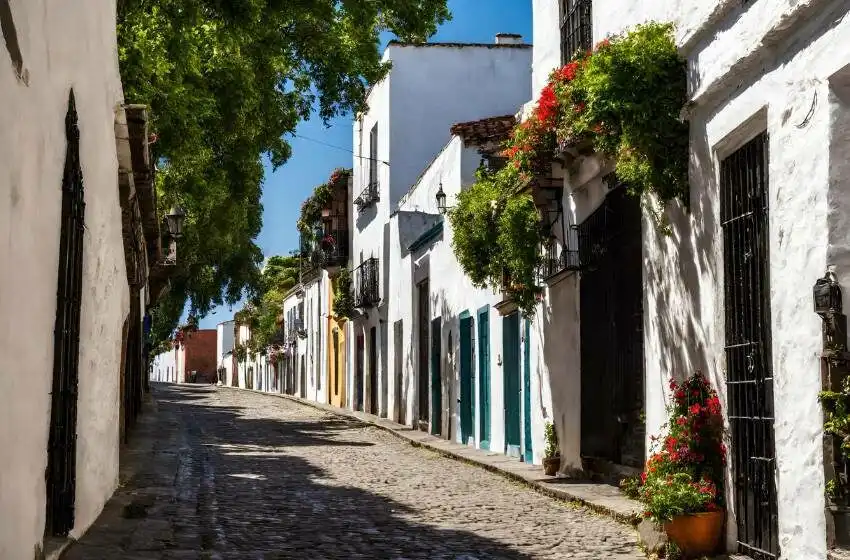
The most striking curiosities that make unique:
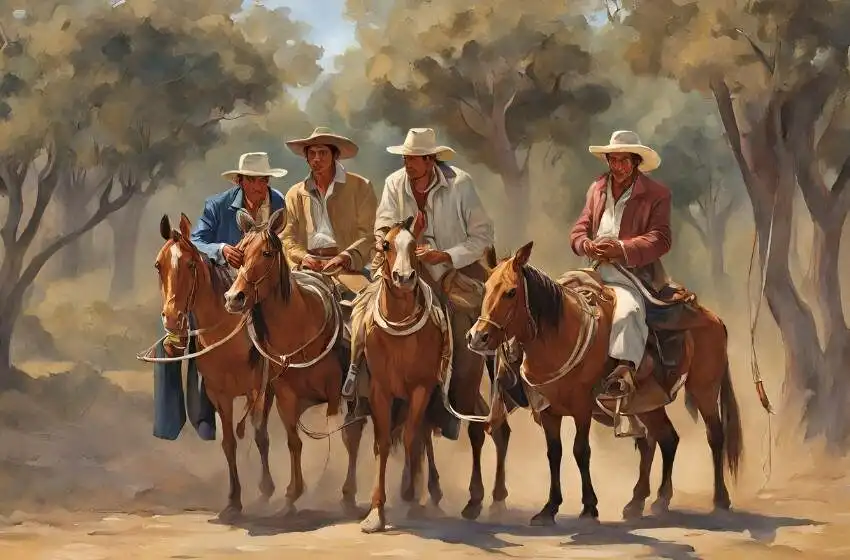
The most touristically renowned places:

Conclusion:
Uruguay’s story is one of resilience, diversity, and progress, as the country navigates the challenges and opportunities of the 21st century. Its rich cultural heritage, stunning landscapes, and progressive policies make it a unique and inspiring place to explore. As Uruguay continues on its journey of growth and development, it faces numerous challenges and uncertainties, from addressing social inequality and political polarization to promoting economic prosperity and environmental sustainability. Despite the complexities and hardships, Uruguay’s spirit of resilience, inclusivity, and innovation shines brightly, inspiring both its citizens and the world at large.
More information and reviews:
.- wikipedia.org -Uruguay Link here.
.- Official page Uruguay Link here.
.- Youtube.com Uruguay Link here.
.- Feature Imagen by Canva Link here.


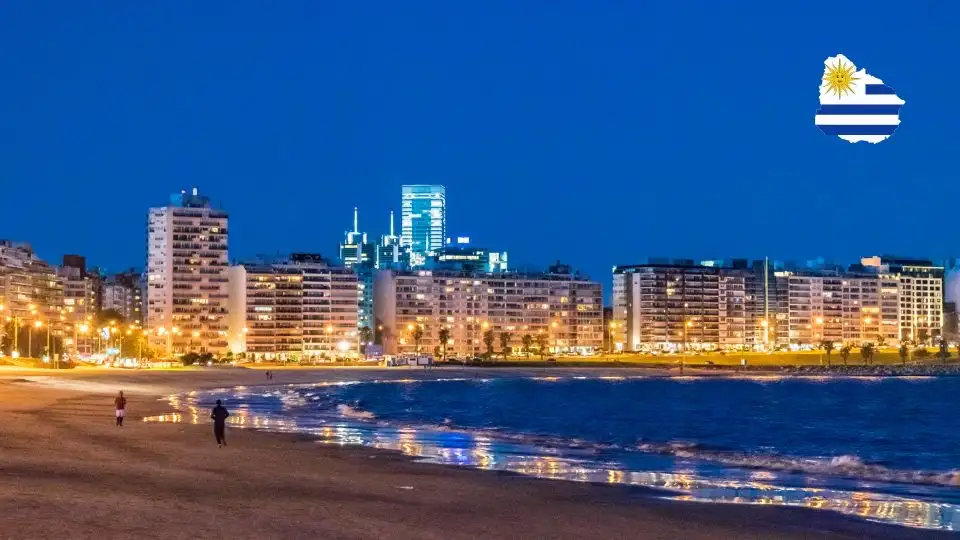


























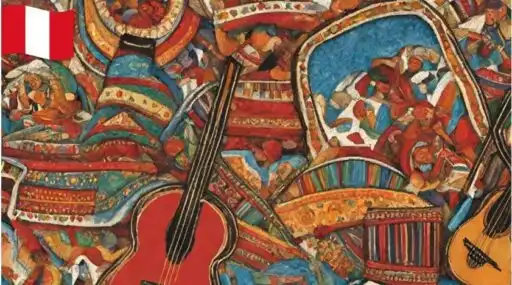







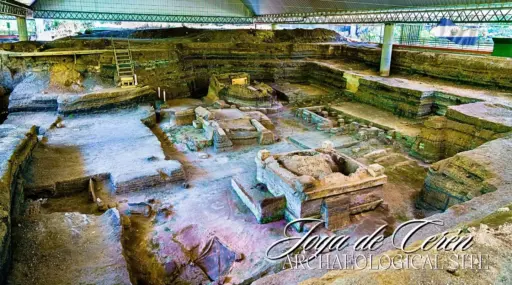







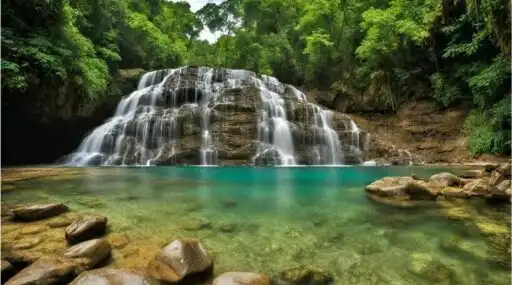




Leave a Reply